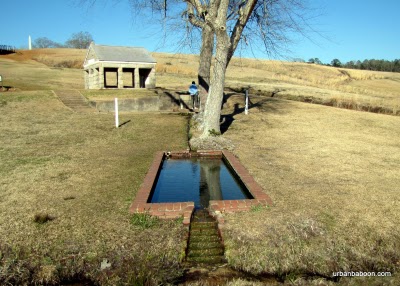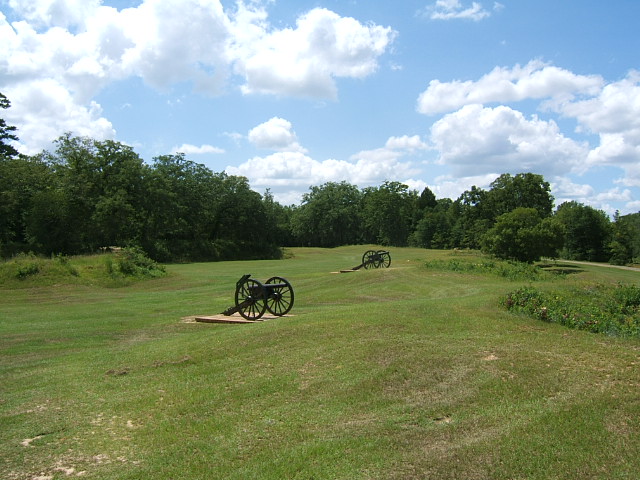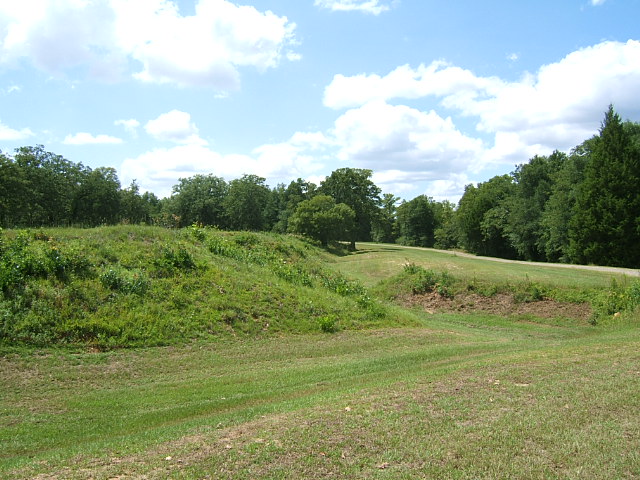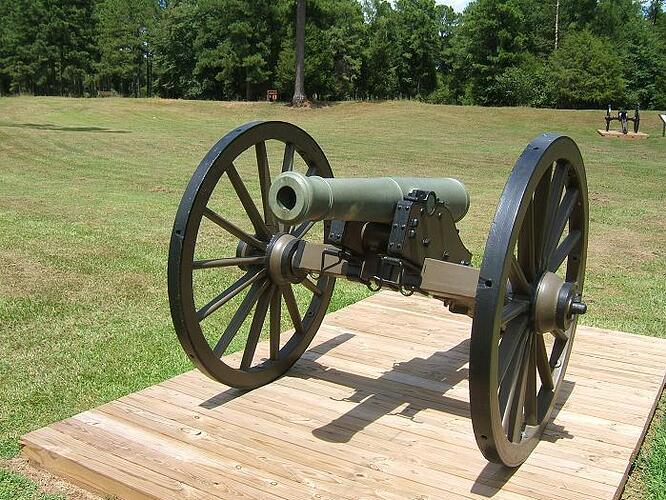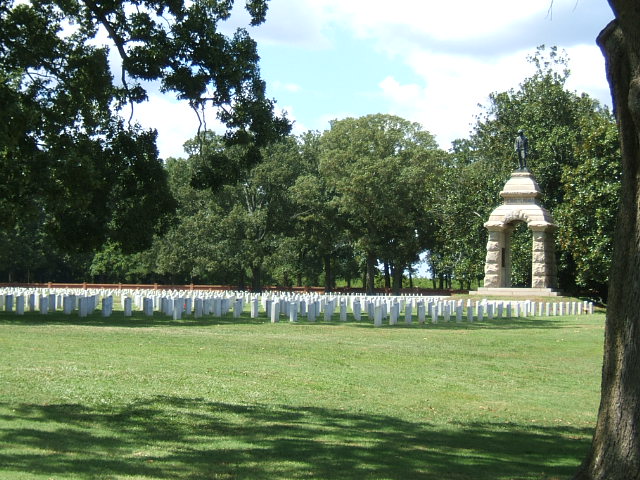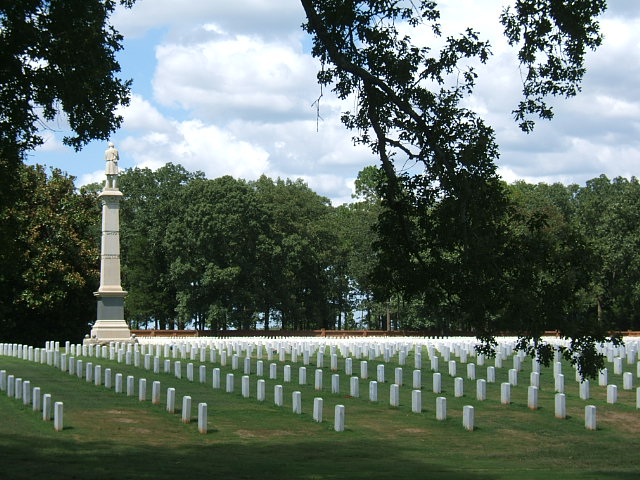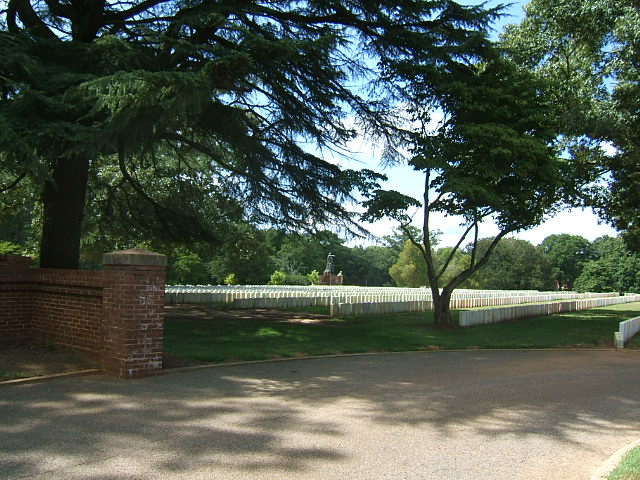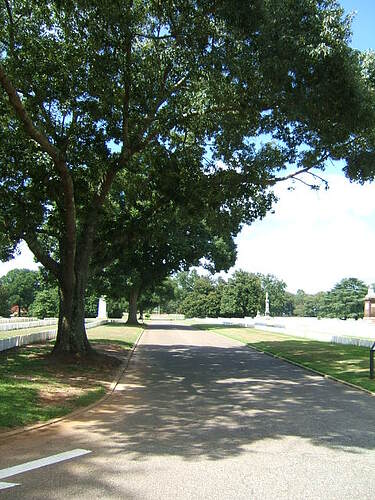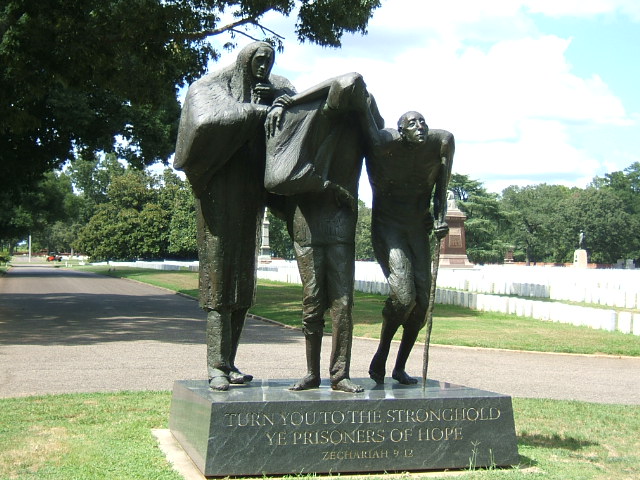I spent part of a day at Andersonville prison, rightly named Camp Sumter, of the Confederate States of America.
The name Andersonville in the minds of many is synonymous with Auschwitz, or the 7th circle of Hell. Constructed in early 1864 to relieve congestion around Richmond, and reduce the perceived security risk of having so many enemy troops interned close to the Capital of the Confederacy, and easing the burden on Virginia’s resources.
The location of Camp Sumter was decided when a former Governor of Georgia, M. General Howell Cobb suggested the central part of that State would best serve the needs of the project owing to the distance from the fighting, proximity to railroad services, and the presence of water, and other natural resources.
All of these desirable things came together near the town of Andersonville (which truly is in the middle of nowhere) The design, and construction began under the command of Richard B. Winder (Capt. CSA)
Originally planned to cover 16.5 acres, holding 10,000 prisoners, it had a stream running through the mid part of the stockaded compound. The compound built with slave labor was surrounded by a wall of close fitted Pine logs some 20 ft. in height. Within this wall was constructed a warning fence called the “Dead line” a prisoner found between these two barriers could be shot. To be continued…
the first pics shows white posts, the outer most show the position of the stockade, the inner posts are the deadline.
The second pic is of one of the state’s monuments to their sons who died in Andersonville. This one is from my home State. The others are spread around the prison site.
The third pic shows the prison area from the S.W. corner, next to the Star fort. (the fort was one of the artillery positions located at each corner of the camp)

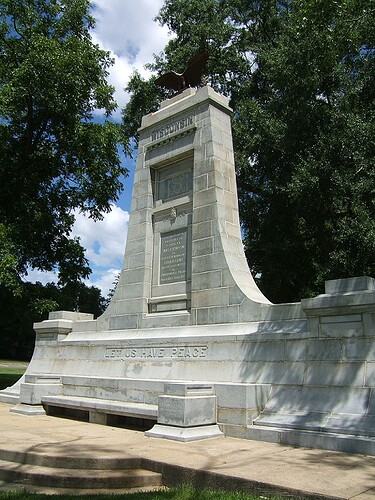
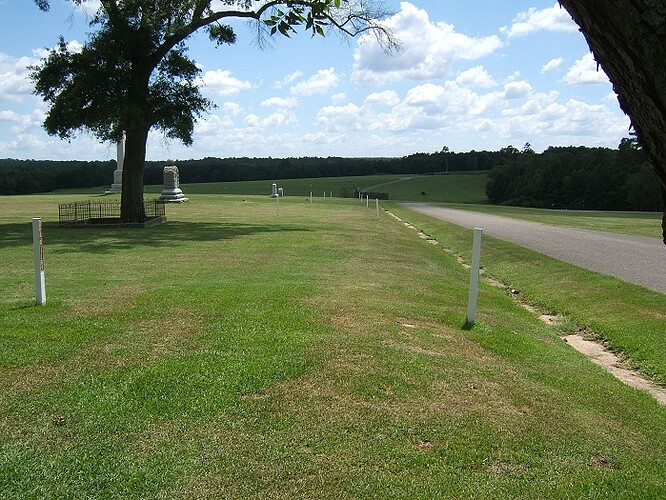


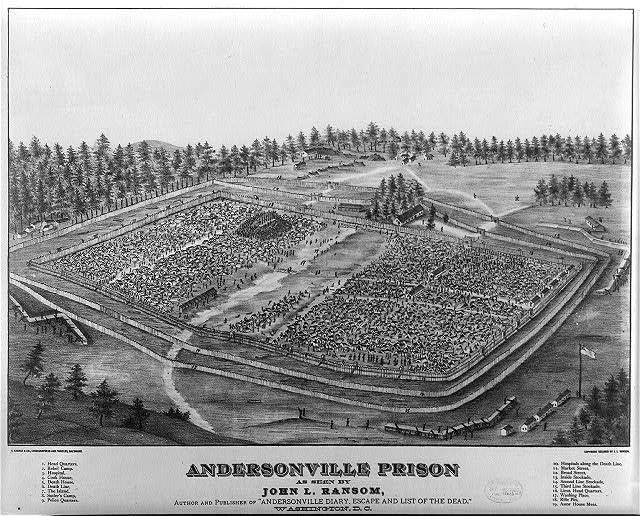
 …
… 

